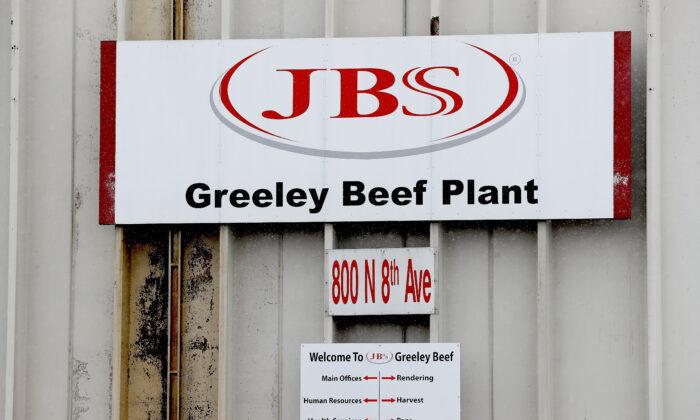GM is teaming up with Korea’s LG Chem to invest $2.3 billion in development and a battery cell factory in Lordstown, about 60 miles southeast of Cleveland. The facility is planned to supply power-pack cells for a new generation of GM battery-electric vehicles—including a pick-up truck planned for 2021.
Planned for a greenfield manufacturing site, GM says the new state-of-the-art factory will help the parent company benefit from economies of scale and bring down the cost of electric vehicles (EVs) for consumers. In a statement, GM said that “The plant will be extremely flexible and able to adapt to ongoing advances in technology and materials.” The 50:50 joint venture will also involve cooperation in battery research and development to further reduce battery costs, and GM expects to break ground in mid-2020.
“With this investment, Ohio and its highly capable workforce will play a key role in our journey toward a world with zero emissions,” said GM Chairman and CEO, Mary Barra. “Combining our manufacturing expertise with LG Chem’s leading battery-cell technology will help accelerate our pursuit of an all-electric future. We look forward to collaborating with LG Chem on future cell technologies that will continue to improve the value we deliver to our customers.”
GM’s partner in the project, LG Chem, is Korea’s largest diversified chemical company and operates in the fields of petrochemicals, energy solutions, advanced materials, and life sciences. It stands to gain from the deal by locking in demand from future GM vehicle production. With production facilities worldwide, LG Chem employs approximately 35,000 people and generated sales of about $25 billion in 2018.
“Our joint venture with the No. 1 American automaker will further prepare us for the anticipated growth of the North American EV market, while giving us insights into the broader EV ecosystem,” said LG Chem Vice Chairman & CEO, Hak-Cheol Shin. “Our long-standing history with General Motors has proven our collective expertise in this space.”
GM has been working with LG Chem since 2009, with the Korean chemical specialists supplying batteries for GM’s Volt hybrid and Bolt fully-electric car.
GM invested some $28 million in its battery lab in Warren, Michigan, in late 2018. Other investments of about $700 million were announced across Ohio this year, and are expected to add around 450 jobs to the Toledo, Parma (near Cleveland) and Brookville (near Dayton) areas.
The jobs announcement will be welcome news in Lordstown. GM closed an assembly plant for small cars there in March 2019, before announcing that the plant had been sold to EV startup Lordstown Motors Corp., which aims to produce pick-up trucks in the shuttered factory. Two years ago, the plant employed some 4,500 workers over two shifts for the production of the Chevrolet Cruze compact. Some positions were resolved through retirement deals, though most of the other employees were offered transfers to GM locations further afield, with numerous employees effectively forced to relocating to GM plants in Tennessee, Michigan, and Texas.
GM is betting on electric vehicles becoming mainstream over the next few years—although EVs currently make up only 1.5 percent of new vehicle sales in the United States. Making EVs desirable (with improved ranges) and affordable (with batteries that give more bang for the customer’s buck) could go a long way toward fulfilling GM’s vision.
“We believe in an all-electric future,” said Barra. “Nearly a year ago, I announced General Motors’ vision of a future of zero crashes, zero emissions, and zero congestion.
“We know our customers want shorter charging times, and we’re applying our technical savvy to help achieve this,” she said. “We have an unwavering commitment to invest in the technology to drive our all-electric future. And we have the right team, technology, partners, and manufacturing scale to make it happen.”





